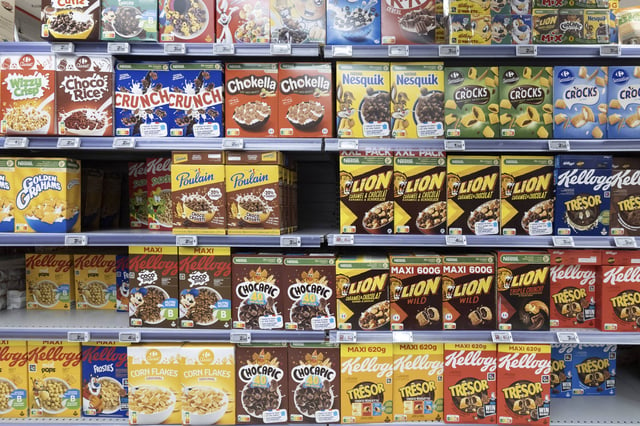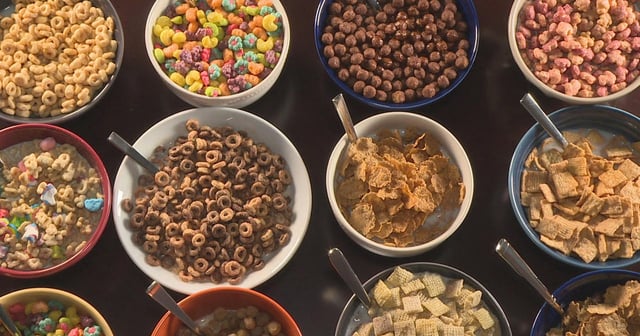Overview
- A JAMA Network Open study reveals that from 2010 to 2023, fat content in children's cereals rose by 33.6%, sodium by 32%, and sugar by 11%.
- Essential nutrients like fiber and protein significantly declined, with fiber dropping from 3.82 grams to 2.94 grams per serving and protein falling to 1.69 grams.
- More than 30% of U.S. children rely on ready-to-eat cereals daily, with these changes linked to increased risks of childhood obesity and long-term cardiovascular health issues.
- In response, federal and state regulators are targeting artificial dyes, with West Virginia banning seven dyes in March and HHS planning to phase out eight dyes nationwide.
- Nutrition experts recommend cereals with whole grains, low sugar, and high fiber, and suggest mixing high-sugar options with healthier varieties to improve children's diets.



